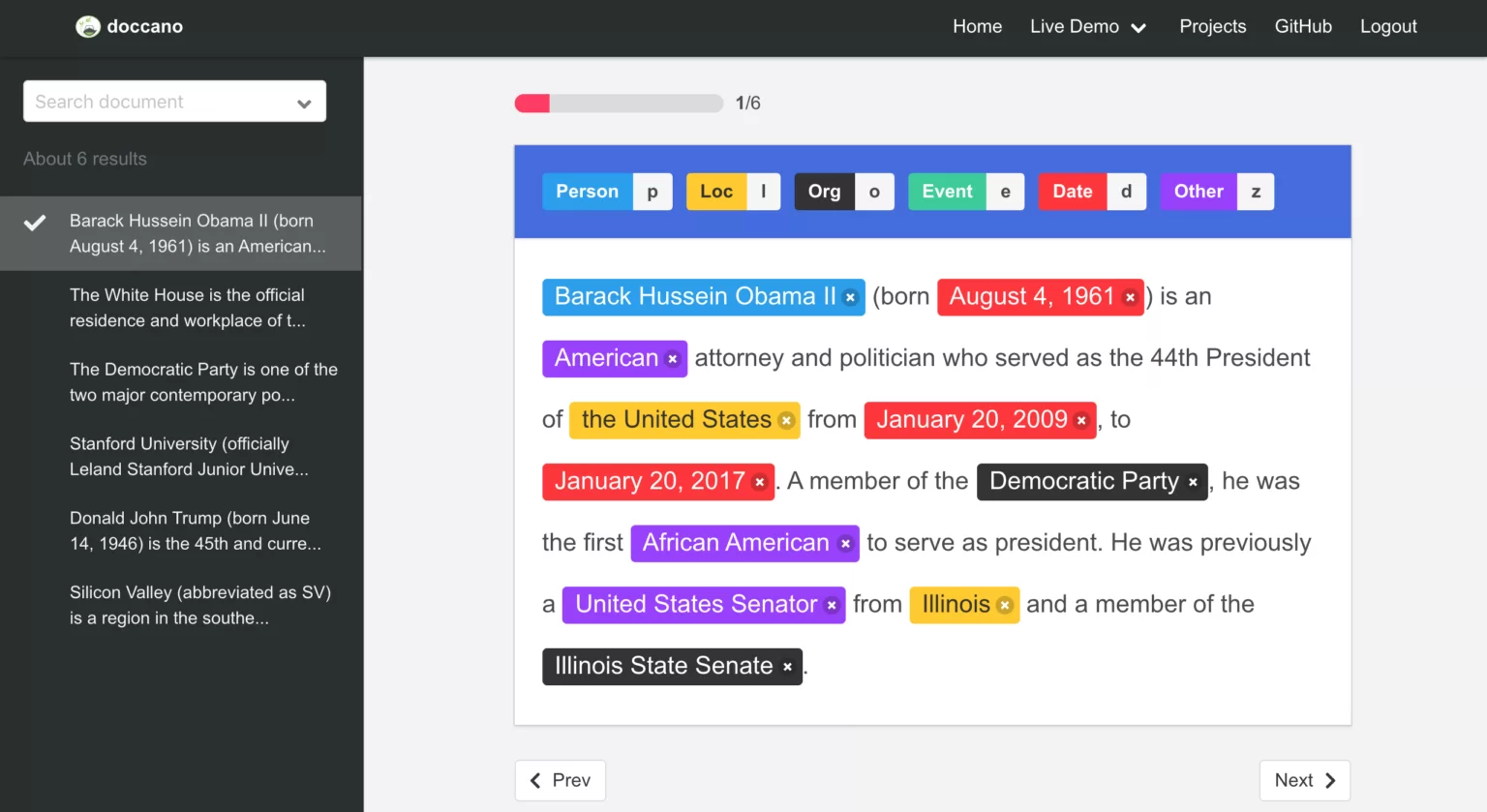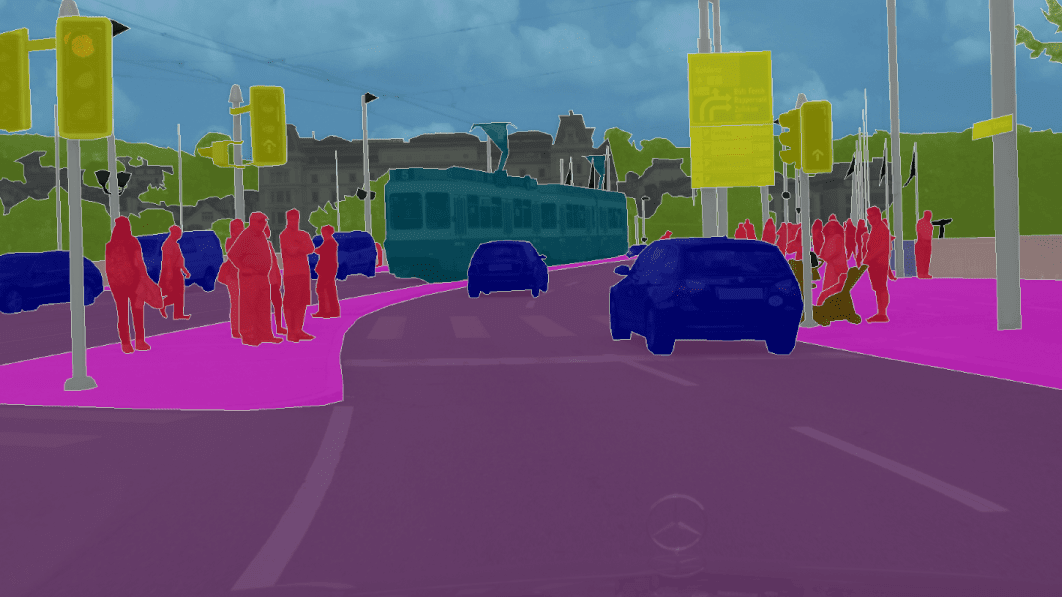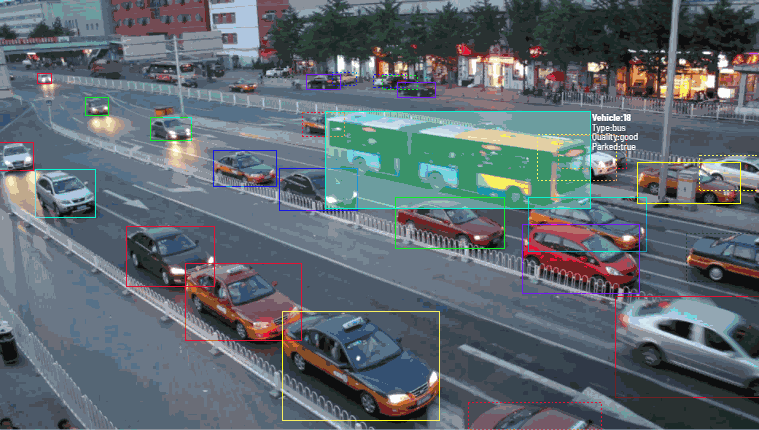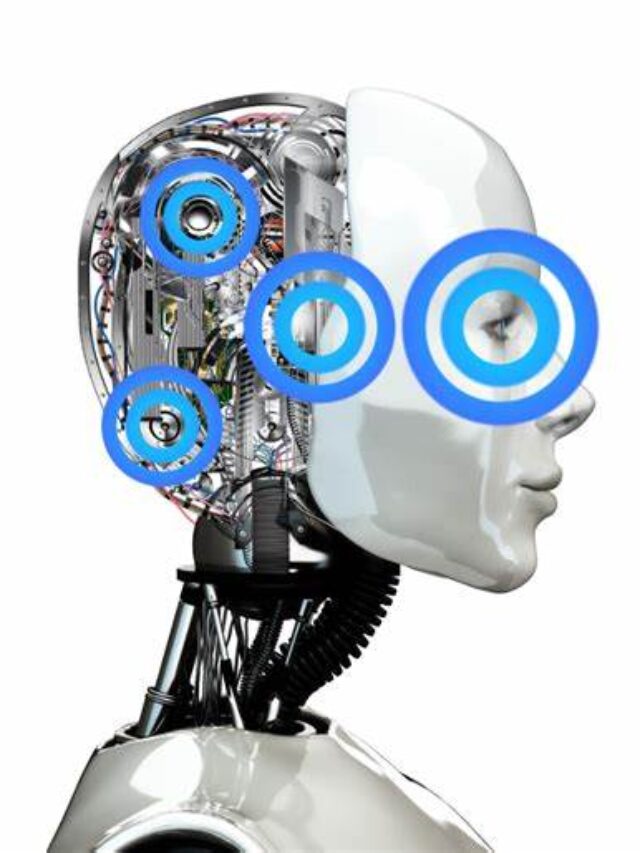
What are text annotations?
Text annotation is a supervised learning problem, mainly used in natural language processing. Text annotation refers to marking each text fragment in a text or other dataset as a specific category, type, or semantic concept. The purpose of text annotation is to make text content understandable to machines, thereby facilitating automatic text analysis and manipulation. Text annotation can mark entities (such as institutions, places, people, etc.), sentiments (such as positive, negative) and relationships (such as co-authors) in the text.
Through the labeled text training data, we can teach the machine how to recognize the intention or emotion contained in the text, so that the machine can better understand natural language. However, the same text often has different meanings for different occasions, and it is difficult to understand. Therefore, when marking text, it must be combined with the actual application scenario.

Application type of text annotation:
1. Semantic recognition
Semantic recognition is to use the platform to mark the text , the same content, different segmentation, different order, the meaning of expression will be completely different, so if you want the computer to clearly recognize, the first step is to tell the computer, in each sentence In the words, those words are a phrase, which is the process of word segmentation, and Chinese is very ambiguous, so accurate word segmentation is very complicated and challenging.
2. Emotion recognition
Emotion recognition originally refers to the automatic identification of an individual’s emotional state by AI by obtaining individual physiological or non-physiological signals, which is an important part of emotional computing. The content of emotion recognition research includes facial expression, voice, behavior, heart rate and text, etc., and the user’s emotional state can be judged through the above content.
3. entity recognition
An information extraction technique. Obtain entity data such as person names and place names from text data.
4. Data cleaning
Data cleaning refers to the last procedure for discovering and correcting identifiable errors in data files, including checking data consistency, dealing with invalid and missing values, etc. Data cleaning after input is generally done by a computer.

Tools for text annotation:
JLW Technology’s data collection and labeling platform supports computer vision (drawing frame labeling, semantic segmentation, 3D point cloud labeling, 2D/3D fusion labeling, key point labeling, line labeling, target tracking, image classification, etc.), voice engineering (voice cutting , voice emotion judgment, ASR voice transcription, voiceprint recognition and labeling, etc.), natural language processing (OCR transcription, text information extraction, NLU sentence generalization) multi-type data labeling.
In addition, the platform also provides complete voice, image, text, and video data processing capabilities in all fields, covering data in specific application fields such as smart driving, smart city, smart home, smart finance, smart education, smart security, and new retail. Collection and data labeling services meet the needs of various data labeling services in different application scenarios, so as to promote the application of artificial intelligence in more scenarios.
